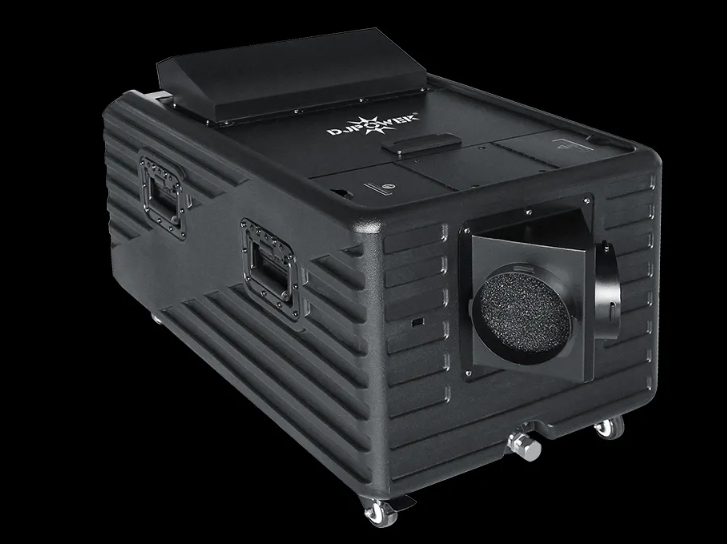Mesh fabric is a loose-knit material that comes in a range of weights and thicknesses. Yarns are knitted together in a grid pattern to form lots of tiny holes. These holes give mesh fabric the distinctive appearance of netting. Uses range from sporting apparel, ball gowns, veils, surgical mesh, and fly screens.
What Is Mesh Fabric?
Mesh fabric is a generic term for any material with a grid-like structure made up of rows of evenly-spaced holes. The size of the holes can vary from small to large, depending on the purpose of the mesh. You can also find mesh fabric made from a variety of materials, from metal to polyester.
The principle of mesh has been around for millennia. Fishermen have been using mesh in the form of fishing nets for generations. You’re probably more familiar with the terms net or netting when describing a mesh fabric. Tulle netting used for fairy dresses or bridal wear, for example, is a type of mesh fabric.Founded by a British Mill owner called Lewis Haslam, mesh fabric has been used in apparel since the late 19th century. Originally known as Aertex, mesh didn’t become part of popular mainstream fashion until the 1980s. Its eventual rise to fame has been attributed to the stars of MTV and pop videos.
As a ubiquitous material, the mesh can be found in products ranging from tea strainers to string vests. You can also find mesh in screen doors and the flyscreens on your windows. Not only is it versatile and practical, but it can also be used as a fashion statement. Creating structure and interest in any garment from fishnet stockings to mesh pullovers.
What Is Mesh Made Of?
Polyester and nylon are the two top choices for mesh fabric. Especially when it comes to textiles, these synthetic fabrics are strong, flexible, and durable. Mesh fabric made from either nylon or polyester will have the same qualities as the fiber.
A nylon mesh is soft and smooth with incredible elasticity. At the same time, polyester gives mesh fabric higher protection against UV light and better water resistance. The characteristics of each make the resulting mesh suitable for different products. Nylon mesh is great for items that need more stretch. Polyester is perfect for items used outdoors.
You can also get mesh fabric made from lightweight stainless steel, bronze, or copper. Metal gives mesh more rigidity and structure. These types of the mesh make all sorts of metal-based items like screen doors and flyscreens. Change the size of the holes and you can make waste paper baskets and sieves.
Mesh can also be made from natural fibers like cotton, silk, wool, or hemp. Wool creates mesh when used in the popular craft of macrame. This is where yarn is knotted together to create patterns in the holes, creating a decorative mesh fabric. Similarly, hemp can be used as string or rope to form fishing or cargo nets.
These days, tulle tends to be made from synthetic fiber. Originally, this type of netting would have been made from cotton or silk. However, you can still get silk tulle. It’s rare and expensive, but it is out there.
Cotton probably isn’t one of the first fibers you think of when thinking about mesh. However, most polo shirts are made from cotton pique with a grid-like pattern made up of tiny holes. Technically, that makes it a kind of mesh.

How Is Mesh Fabric Made?

Mesh fabrics used in the textile industry are made through a process called knitting. A fabric mesh is created by loosely knitting yarns or fibers into a grid effect. The looseness of the knit is what makes the holes. Looser knits create larger open spaces in the fabric.
Depending on the type of mesh being made, the actual structure of the knit may differ. Tulle netting, for instance, uses a hexagonal pattern while the holes in the power mesh are more square-shaped.
Metal mesh fabric is made slightly differently. Intersecting wires or threads of metal are joined by welding them together in a grid pattern. The size of holes in the grid can be altered by moving the wires further apart before they are welded.
In both mesh fabric and metal mesh, the variation in the size of the open spaces is a key element in deciding what the resulting material will be used for. So too is the difference in thickness and weight. A lightweight, transparent tulle makes a perfect addition to a little girl’s fairy dress. While a heavier, closely-knit power net will work great in support wear.
Here are some net cloth for tents, outdoor goods, clothing, window screens, car linings, home for you to choose from.
Here are some net cloth for tents, outdoor goods, clothing, window screens, car linings, home for you to choose from.



没有评论:
发表评论